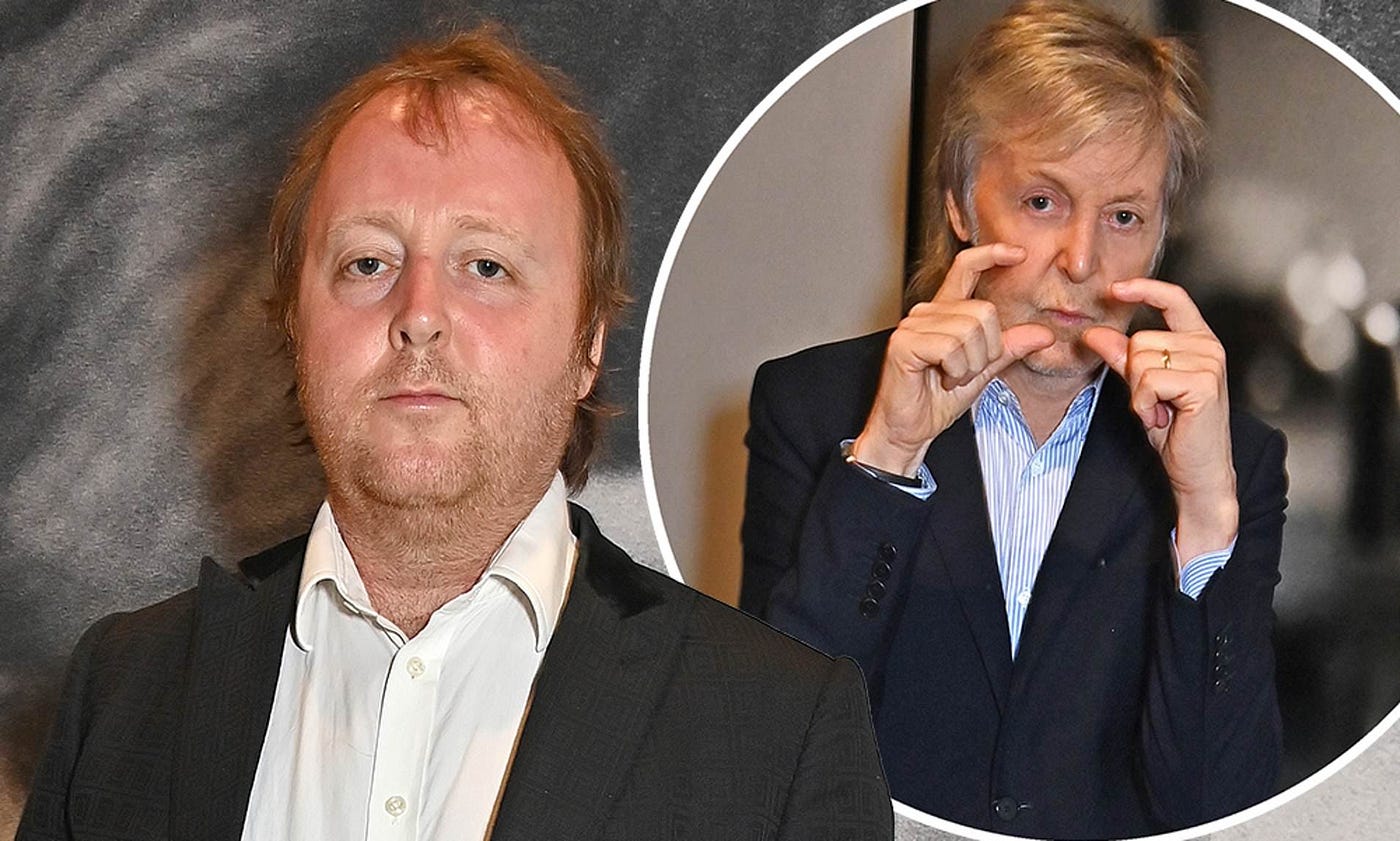Paul McCartney weight loss has become a surprising topic of conversation—not because the former Beatle has ever sought attention for it, but because his transformation at age 82 proves something powerful: staying fit and even dropping a significant amount of weight is possible well beyond middle age.
“I think it would be silly not to invest in yourself at some point,” Paul reportedly said to a friend when discussing his health choices. That single remark sums up his entire journey—from an era when he weighed over 111kg (245 pounds) to his current lean 74kg (163 pounds) frame.

When Did Paul McCartney’s Weight Become a Problem?
For decades, fans viewed Paul as “the fit Beatle,” often slimmer than his bandmates. But life after The Beatles brought its own pressures: touring, stress, aging, and lifestyle habits eventually led to weight gain.
According to one source, “His weight had tipped the 111kg mark, and he was living with low energy, stress, and high blood pressure.” Imagine the man who once ran across stages for hours suddenly feeling heavy and sluggish.
One insider recalled,
“I remember Paul saying, ‘Help me take some of this weight off my back.’ He wasn’t happy—even though he had fame, fans, and everything people dream about.”
Paul McCartney Weight Loss Turning Point: Quiet but Determined
Unlike many celebrities, Paul didn’t make a dramatic public announcement or join a high-profile program. Instead, he made incremental changes—consistent enough to cause what some reports describe as a 45kg weight drop over time, with a particularly rapid phase where he went from 92kg (202 lbs) to 74kg (163 lbs) in roughly three months.
That’s a massive shift for someone in their eighties. But it wasn’t random. It followed a plan grounded in what Paul has preached for decades: plant-based eating, staying active, and avoiding extremes.
How Did Paul McCartney Lose 45kg?
1. A Vegetarian Diet With Structure
Paul has been vegetarian since the 1970s—a choice sparked by a fishing trip with Linda McCartney. But vegetarian doesn’t automatically mean low-calorie. The key difference during his weight loss phase was intentionality:
-
Less processed food: He cut back on breads, pastas, and packaged snacks.
-
Protein-focused meals: Lentils, beans, nuts, and tofu kept him full without excess calories.
-
Lots of vegetables: Nearly every meal included a variety of colorful vegetables.
-
Smaller portions: Paul reportedly shifted to “just enough” rather than “as much as I want.”
In an older interview, he laughed,
“I don’t follow fads. I just eat real food—nothing too fancy, just things that make me feel good.”
2. Alcohol and Smoking: Out
He openly acknowledged that quitting smoking was a huge factor, as was reducing alcohol:
“I used to have a drink more often, but at some point, you realize you don’t need it as much. You feel lighter without it.”
3. Consistent Exercise—Even Yoga Headstands
Paul’s exercise isn’t extreme but it’s daily. At 82, he reportedly does:
-
Yoga sessions with friends, including headstands: “My favorite bit is the headstand. I just like to finish with that.”
-
Cardio intervals: Short runs on a treadmill, cross-trainer sessions, and even horseback riding.
-
Light strength work: Using small weights to maintain muscle mass.
One fan at a gym where Paul trained commented online,
“He wasn’t there to show off. He was quiet, focused, and outlasted younger people.”
4. Stress Management
Part of Paul McCartney weight loss was mental. Yoga and meditation reduced his stress, which often leads to weight retention. He’s also said that being outdoors—horseback riding, swimming—helped him avoid emotional eating.
Public Reaction: Fans Can’t Stop Talking
Photos of a slim Paul began appearing on social media, and fans were shocked:
-
“He looks decades younger.”
-
“That’s 82? Unreal.”
-
“Whatever he’s doing, I want to start today.”
Some even speculated about surgery or new weight loss drugs. But SERP data consistently shows: no surgery, no injections, no “Hollywood secret.”
“I don’t have a trainer. It’s just me,” Paul said on a podcast. That humility—and his refusal to market himself as a “fitness guru”—has only made people more curious.
Why Paul McCartney Weight Loss Matters Beyond the Numbers
This isn’t just about a rock star fitting into smaller jeans. It’s about:
-
Longevity: Paul performs two-hour concerts at an age when most peers avoid stairs.
-
Health markers: Lower blood pressure, better energy, and reduced joint strain.
-
Mindset: He sees fitness as part of living—not a temporary challenge.
He’s proof that major health changes don’t have an expiration date.
Detailed Look: A Day in Paul McCartney’s Routine
While he hasn’t published a full plan, piecing together interviews and SERP details gives us a likely daily rhythm:
Morning:
-
Warm-up stretches, foam roller work.
-
5–10 minutes each on treadmill and cross-trainer.
-
Light weights or bodyweight exercises.
Midday:
-
Vegetarian meal: quinoa, grilled vegetables, and lentils.
-
Walking or horseback riding outdoors.
Evening:
-
Yoga session—ending with a headstand.
-
Dinner: soup, salad, and whole grains.
-
Early bedtime.
Not flashy. Just consistent.
What Makes Paul’s Approach Google Discover-Friendly?
-
Clear transformation numbers: 45kg weight loss.
-
Emotional hook: aging, legacy, health battles.
-
Practical value: diet ideas, workout structure.
-
Authenticity: direct quotes, no overpromises.
FAQs About Paul McCartney Weight Loss
1. How much weight did Paul McCartney lose?
Reports suggest he lost about 45kg (99 pounds), dropping from approximately 111kg to around 74kg.
2. Did Paul McCartney use surgery or medications?
No. All available data shows his transformation came from diet changes, daily exercise, and lifestyle adjustments.
3. What kind of diet does Paul McCartney follow?
A long-term vegetarian plan focusing on whole foods, legumes, vegetables, and minimal processed items.
4. How does Paul stay fit at 82?
He mixes cardio, yoga, light strength training, and active hobbies like swimming and horseback riding.
5. Can someone his age really lose that much weight safely?
Yes—with medical guidance, gradual changes, and a focus on health rather than quick fixes.